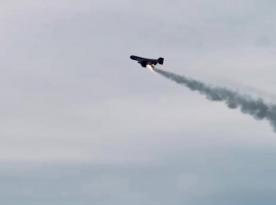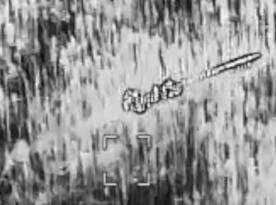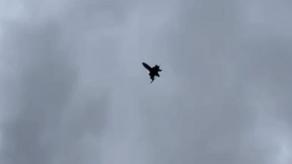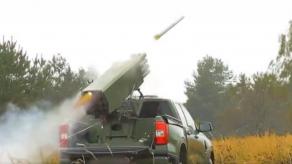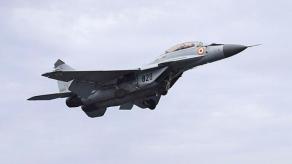Several European countries have shown strong interest in the HX-2 kamikaze drone — an analog of the russian Lancet UAV, specifically developed for Ukraine by the Helsing company. In particular, the HX-2 is already being tested by the armed forces of France, the United Kingdom, Germany, and several other nations.
The Bundeswehr is aiming to complete trials by the end of the year and make a decision regarding potential procurement. In fact, they already purchased their first batch for testing back in April 2025, according to Hartpunkt.
Read more: France to Spend 63.4 Billion Euros on Defense in 2027, Ahead of Schedule, But Is It Enough?
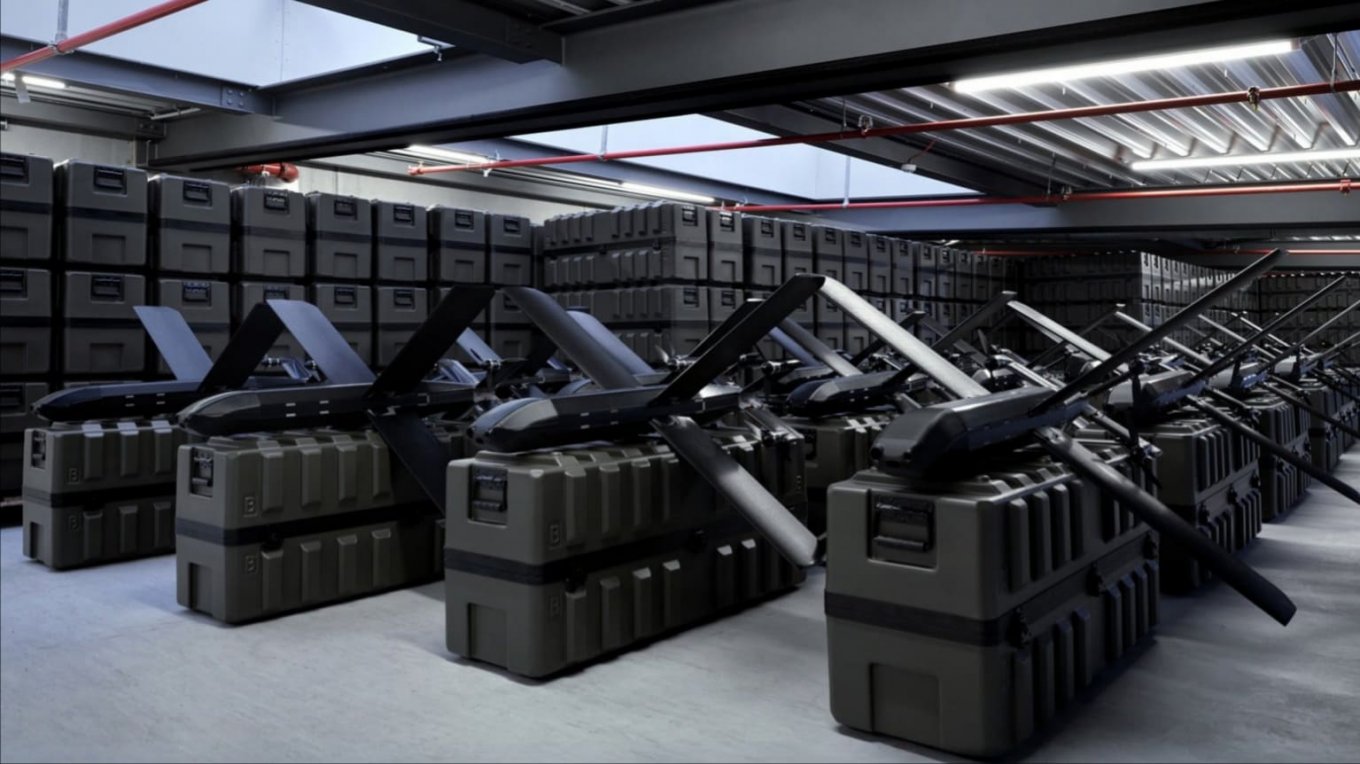
Defense Express adds that the increased interest might be driven by the UAV's high effectiveness in Ukraine. Following an initial order of 4,000 units, a second, larger order for 6,000 HX-2 drones has already been placed.
The HX-2 kamikaze drone features an X-shaped wing configuration, similar to the russian Lancet UAV it was modeled after. However, some of its specifications are superior to the russian version.
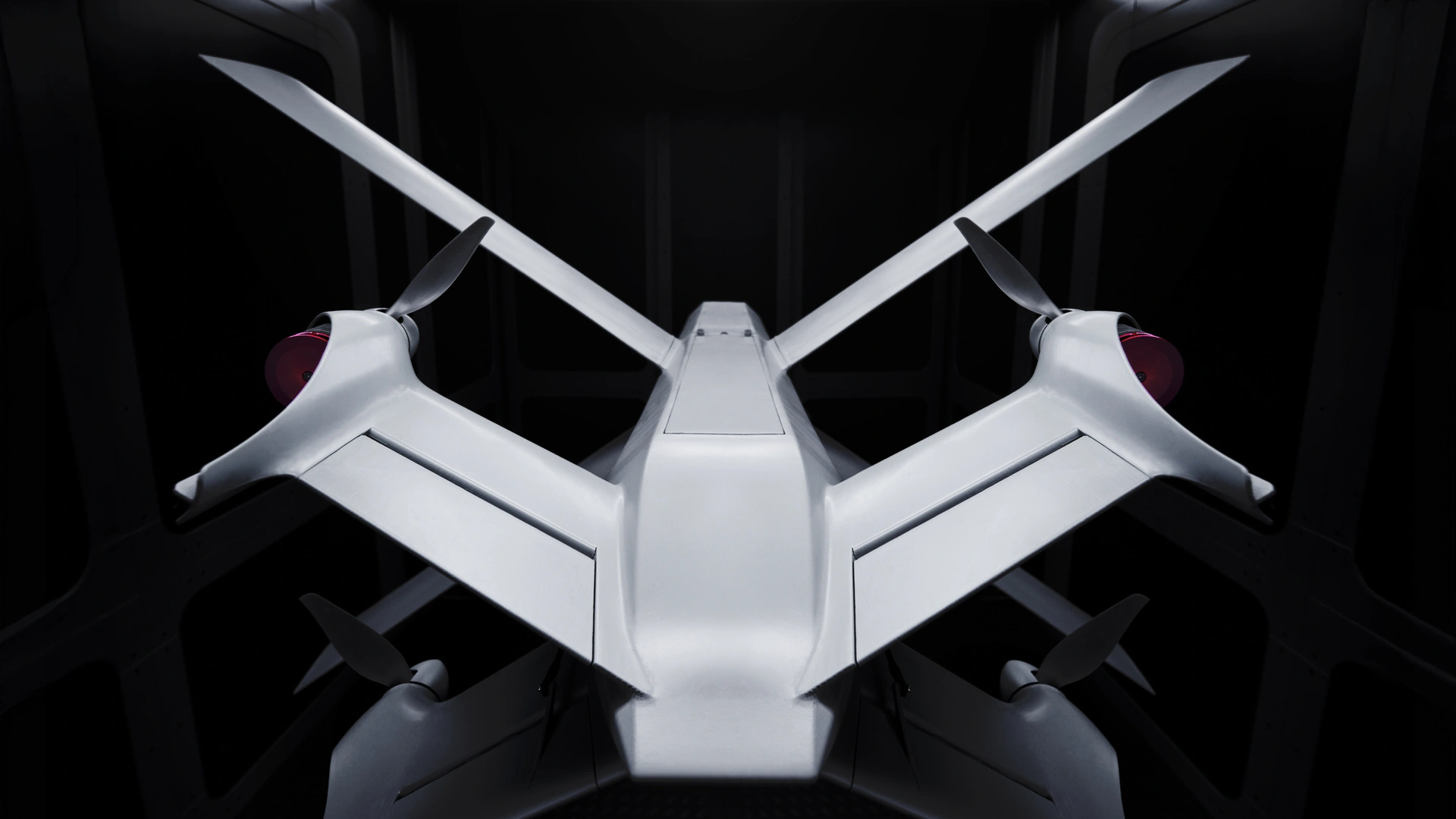
The HX-2 reaches a top speed of 220 km/h (compared to the Lancet's 300 km/h), but it has a longer strike range of up to 100 km (vs. the Lancet's 40–60 km). It also carries a larger warhead of 4 kg (compared to 3 kg in the Lancet), while maintaining a total weight of 12 kg. Notably, the HX-2 is equipped with artificial intelligence — something the russian analog lacks.
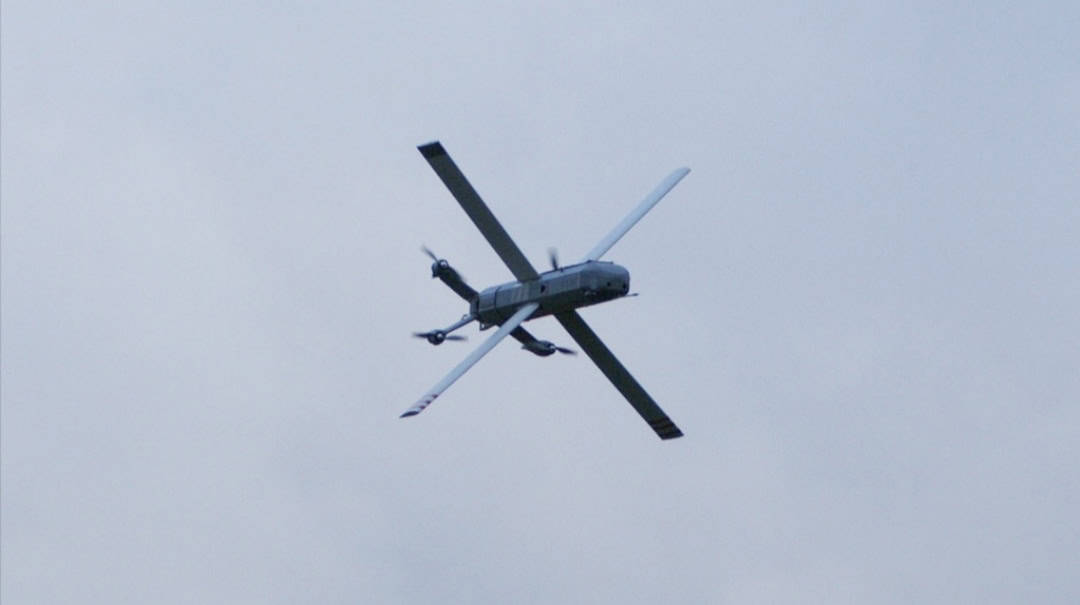
This AI enables the drone to autonomously detect and recognize targets by comparing them with its onboard database. Additionally, the HX-2 can operate without a GNSS signal, using its downward-facing camera and satellite image archive to determine its location by matching visual input. The UAV is capable of operating both during the day and at night, thanks to dual sensors: a daytime camera and a thermal imager.
Despite these advanced features, the HX-2 remains relatively low-cost and mass-producible. According to the manufacturer, Ukrainian troops describe it as "very economical."
This affordability, combined with simple materials and a straightforward design, allows for large-scale production. Earlier in spring 2025, Helsing stated that with the opening of a new factory, they would be able to scale up to producing 1,000 drones per month.
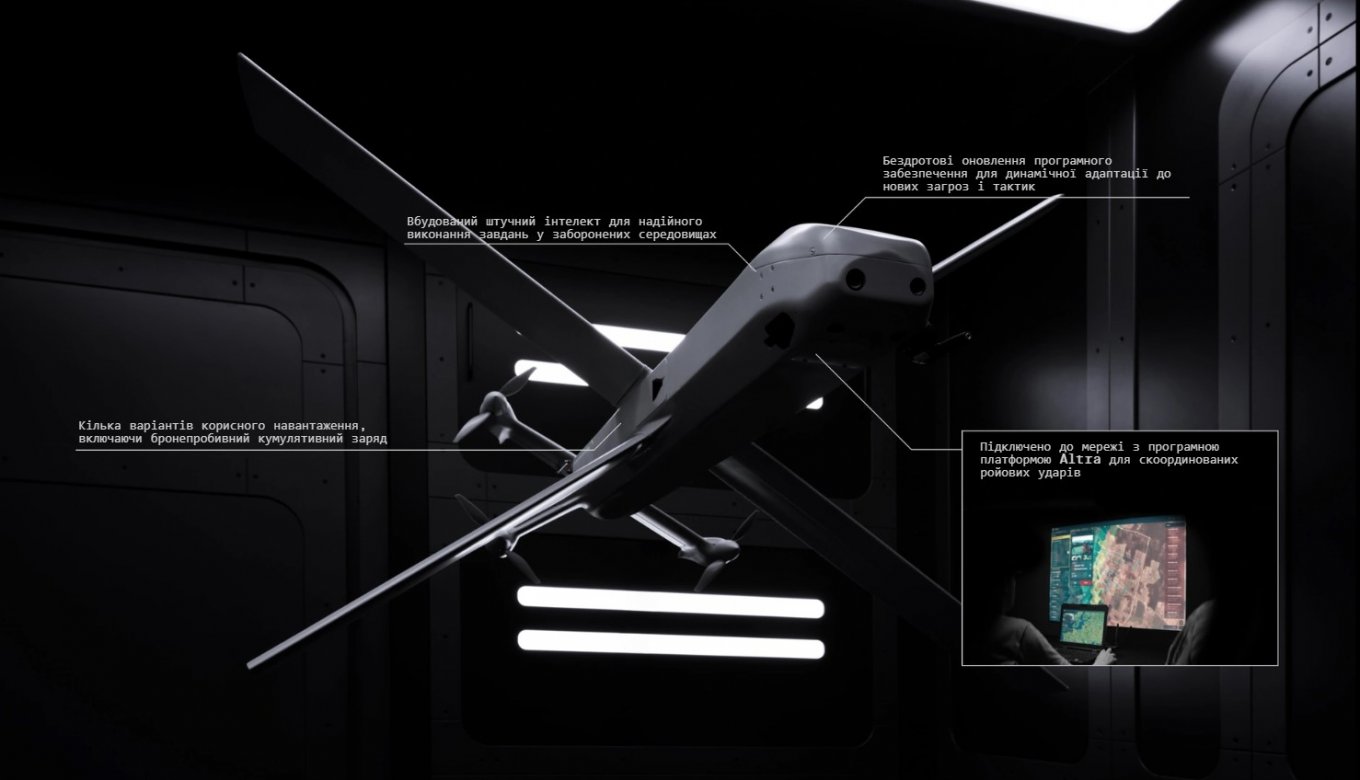
Currently, Helsing reports a production rate of 450 HX-2 units per month, with the potential to reach 1,000 per month at the existing facility — provided more workers are trained. After the new plant launches, the company aims to ramp up to 2,500 HX-2 UAVs per month.
That translates to roughly 84 UAVs per day — an impressively high production tempo. If countries like France, the UK, and Germany begin placing orders for their armed forces, Helsing may need to further expand output. Given the UAV's active deployment in Ukraine, this will also likely drive rapid upgrades and modernization to meet the evolving demands of modern warfare.
Read more: Ukraine Scales Up Cheap Machine-Vision Drones — But Turning Them Into Shahed Interceptors Is Another Challenge





